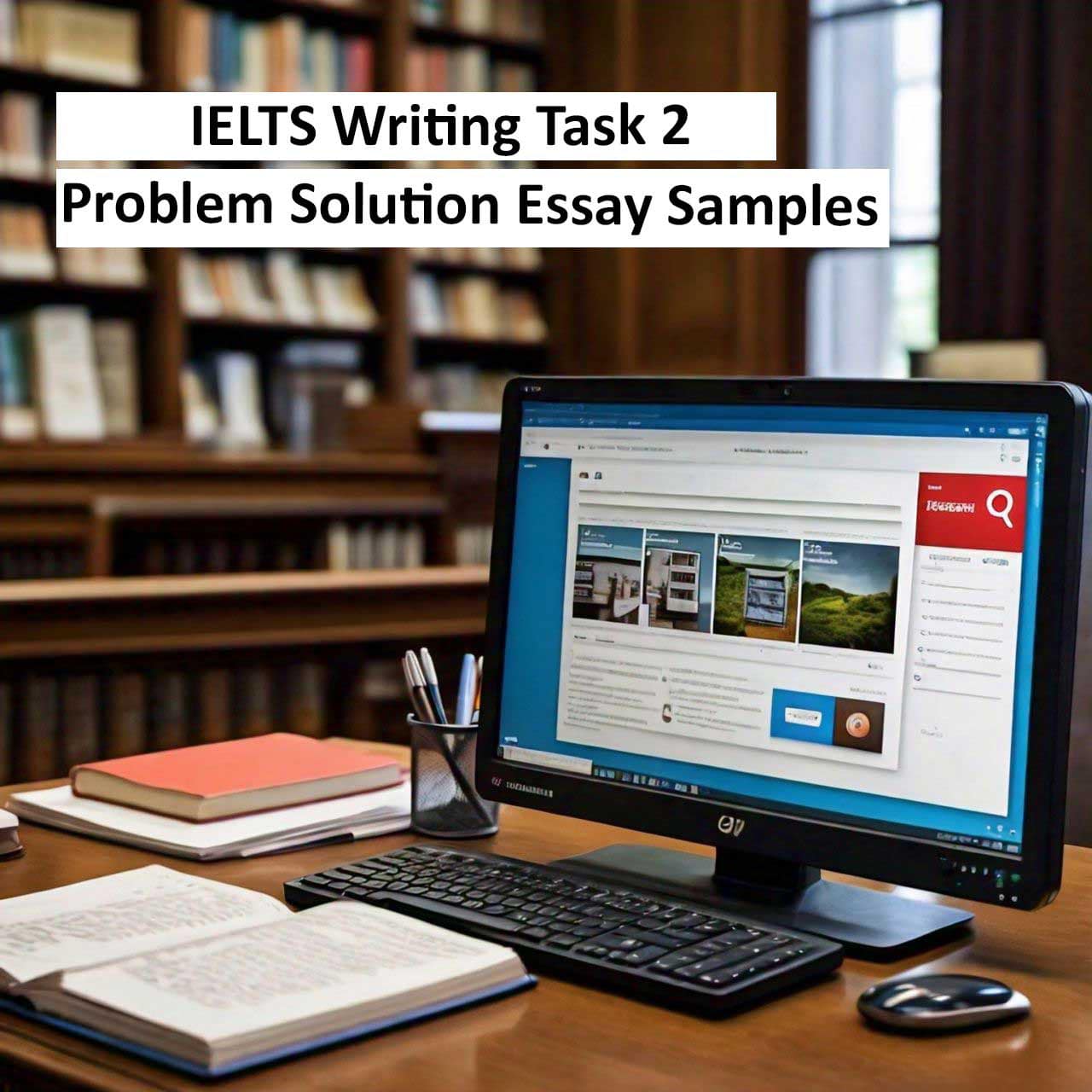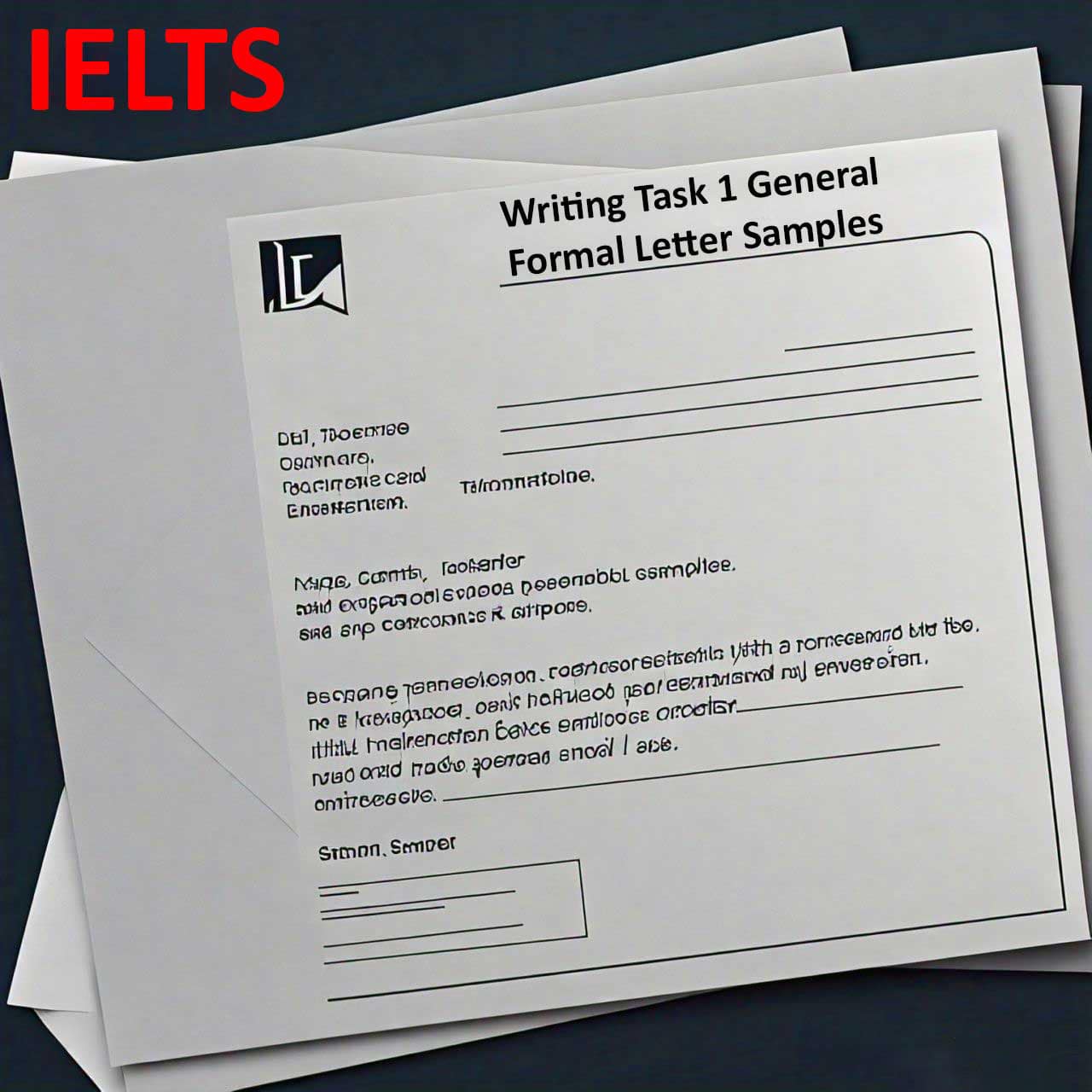In the IELTS Writing Task 2, candidates are required to write an essay discussing a problem and proposing solutions. This type of essay assesses your ability to identify issues, propose effective solutions, and justify your recommendations with relevant examples or evidence. Below, we’ll explore the structure of IELTS Writing Task 2 problem solution essays, provide sample responses, and offer tips to help you excel in this section of the exam.
Table of Contents
Understanding IELTS Writing Task 2 Problem Solution Essays
A problem solution essay in the IELTS context requires you to identify a specific problem, analyze its causes or effects, and propose viable solutions. You may be asked to discuss one or more problems and suggest solutions, evaluate the effectiveness of the proposed solutions, or present counterarguments. The essay typically consists of an introduction outlining the problem, body paragraphs discussing causes/effects and solutions, and a conclusion summarizing your recommendations.
Key Components of an IELTS Writing Task 2 Problem Solution Essay
1. Introduction: Introduces the problem and its significance, stating the issues to be addressed.
2. Body Paragraphs: Presents the problem’s causes or effects, followed by proposed solutions with supporting evidence or examples.
3. Evaluation: Analyzes the feasibility and effectiveness of each solution presented.
4. Conclusion: Summarizes the problem, solutions, and emphasizes the importance of implementing effective measures.
Now, let’s look at some sample prompts and corresponding responses for IELTS Writing Task 2 problem solution essays:
Sample Problem Solution Essay Samples
Prompt: In many countries, there is a rise in childhood obesity. What are the causes of this problem, and what measures could be taken to solve it?
Sample Response:
Childhood obesity has become a pressing issue in numerous countries due to several underlying causes. Factors such as unhealthy dietary habits, sedentary lifestyles, and lack of physical activity contribute significantly to the rising obesity rates among children.
One of the primary causes is the widespread availability and consumption of processed foods high in sugar, fat, and calories. Many children today prefer fast food and sugary snacks over nutritious meals, leading to excessive calorie intake and poor nutritional habits. Additionally, sedentary activities such as prolonged screen time and decreased outdoor play contribute to reduced physical activity levels among children.
To address this issue, several measures can be implemented at both individual and societal levels. Firstly, promoting healthy eating habits and nutritional education in schools and communities can raise awareness about balanced diets and portion control. Governments can also introduce policies to regulate advertising of unhealthy foods targeted at children and incentivize food manufacturers to produce healthier alternatives.
Furthermore, encouraging physical activity through sports programs, playgrounds, and active transportation options can promote an active lifestyle among children. Schools should integrate physical education into their curriculum and provide opportunities for regular exercise and recreational activities.
In conclusion, while childhood obesity is a complex issue with multiple causes, proactive measures targeting dietary habits, physical activity, and societal norms can mitigate its prevalence. Collaborative efforts between individuals, communities, and policymakers are essential to fostering healthier environments for future generations.
Prompt: Increasing traffic congestion is a major problem in many cities. What are the causes of this problem, and what solutions can you suggest?
Sample Response:
Traffic congestion has become a critical issue in urban areas worldwide, primarily due to rapid urbanization, population growth, and inadequate transportation infrastructure.
One of the main causes of traffic congestion is the sheer volume of vehicles on the roads, exacerbated by urban migration and increased car ownership. Inefficient public transportation systems and inadequate road networks further contribute to congestion, leading to longer commute times and environmental pollution.
To alleviate traffic congestion, several solutions can be considered. Implementing effective public transportation systems, such as bus rapid transit (BRT) and light rail networks, can incentivize commuters to use alternative modes of transport. Investing in infrastructure improvements, such as expanding road capacity and optimizing traffic flow through smart technology, can also reduce congestion and improve traffic management.
Furthermore, promoting sustainable transportation options such as cycling lanes, pedestrian-friendly streets, and carpooling initiatives can reduce reliance on private vehicles and minimize traffic congestion.
In conclusion, while traffic congestion presents significant challenges in urban areas, strategic planning, and investment in sustainable transportation solutions are key to alleviating this problem. Collaborative efforts between governments, urban planners, and communities are essential to creating livable cities with efficient transportation systems.
Tips for Excelling in IELTS Writing Task 2 Problem Solution Essays
1. Identify the Problem: Clearly define the problem and its significance based on the essay prompt.
2. Propose Effective Solutions: Present practical solutions with detailed explanations and supporting evidence.
3. Evaluate Solutions: Discuss the feasibility and potential outcomes of each proposed solution.
4. Structure Your Essay: Organize your essay with an introduction (defining the problem), body paragraphs (discussing causes/effects and proposing solutions), and a conclusion (summarizing solutions and emphasizing their importance).
5. Use Academic Language: Utilize formal vocabulary and academic expressions appropriate for an academic essay, demonstrating clarity and coherence in your arguments.
By practicing with these sample problem solution essays and following the tips provided, you can enhance your skills in identifying issues, proposing effective solutions, and justifying your recommendations for IELTS Writing Task 2. Regular practice, reviewing feedback from teachers or peers, and focusing on improving your coherence and cohesion will help you achieve success in this section of the exam. Best of luck!



